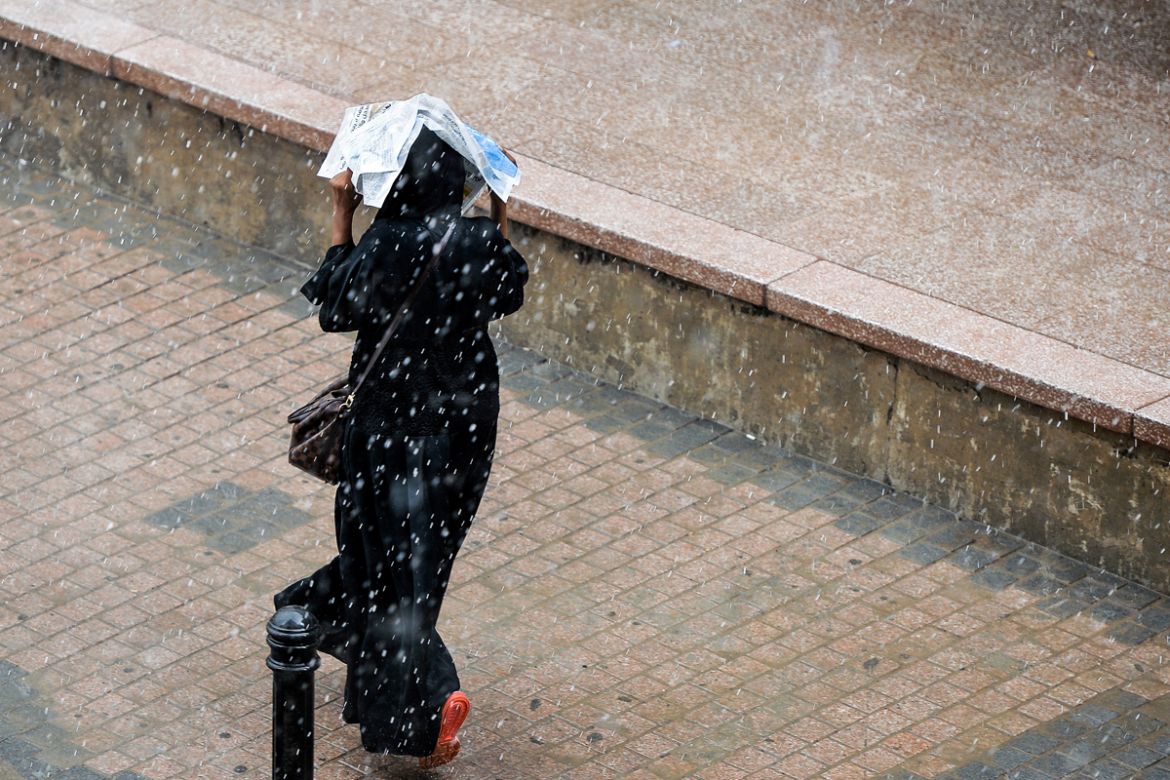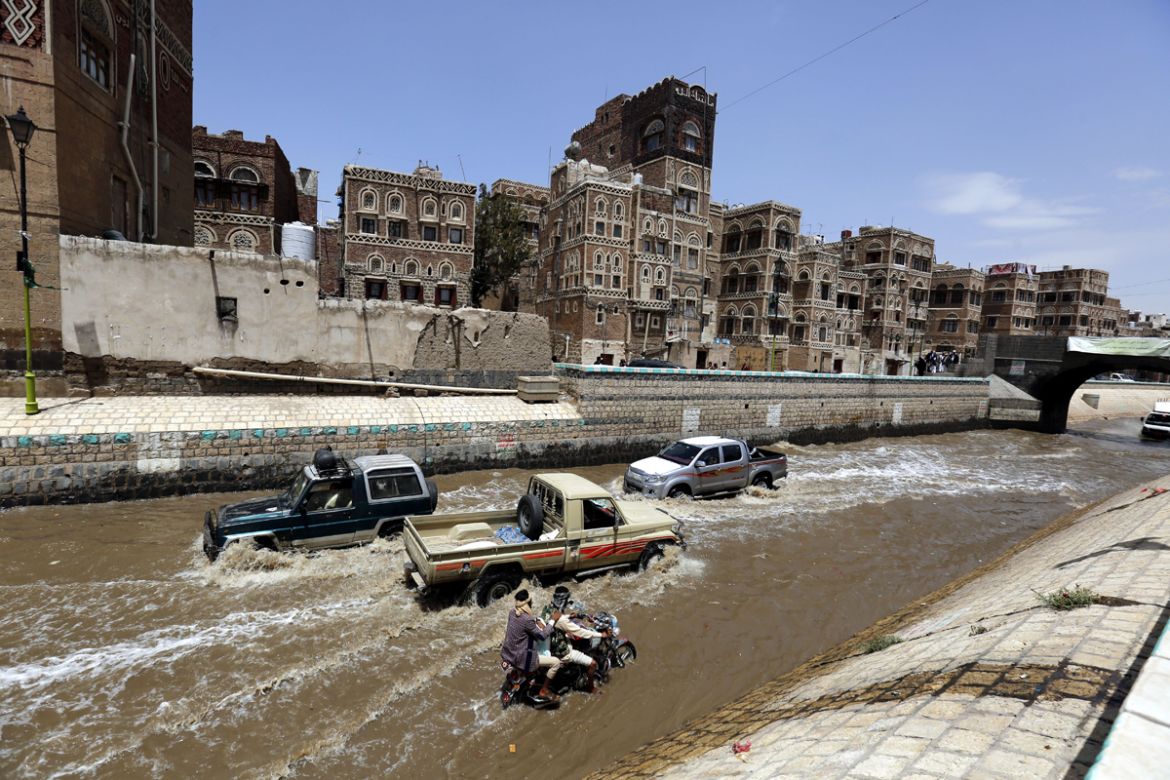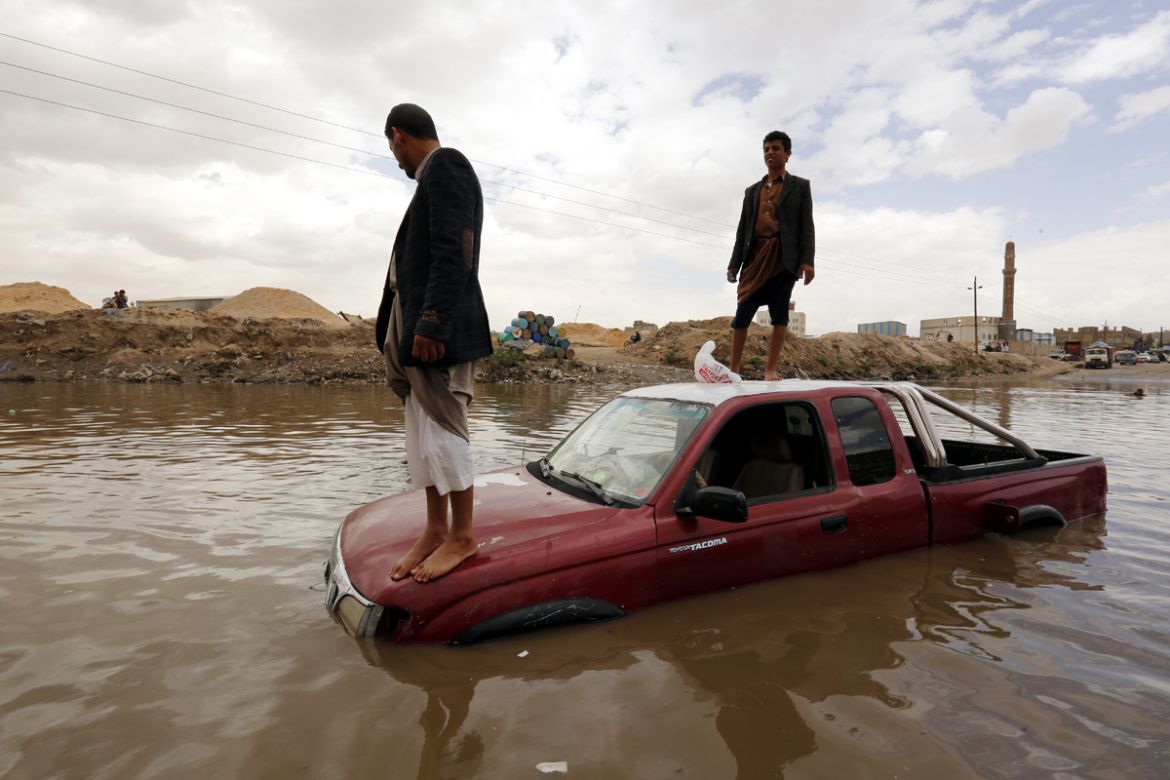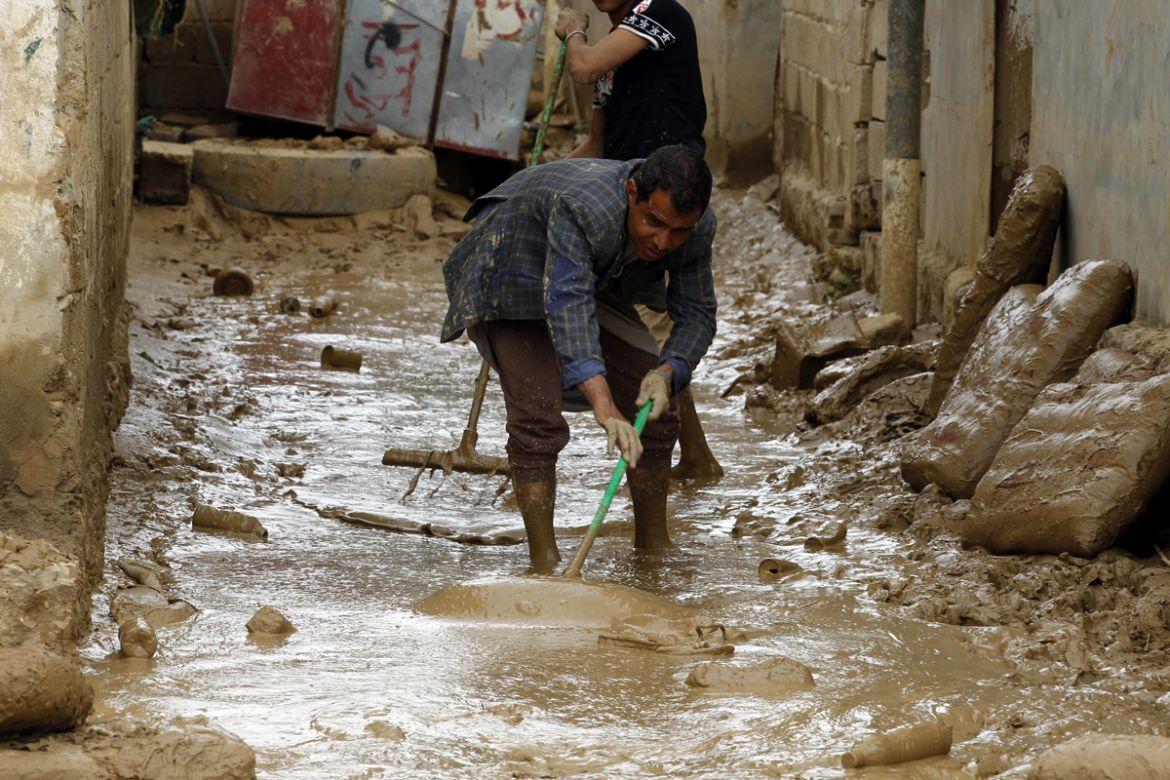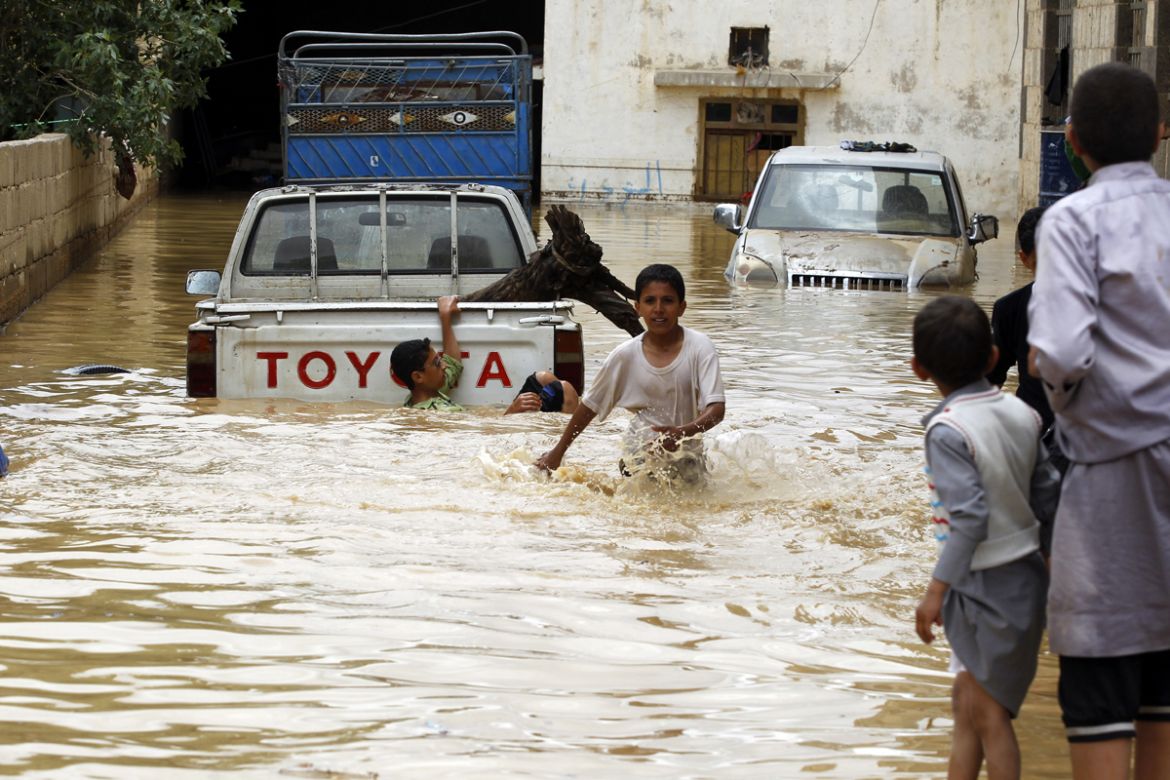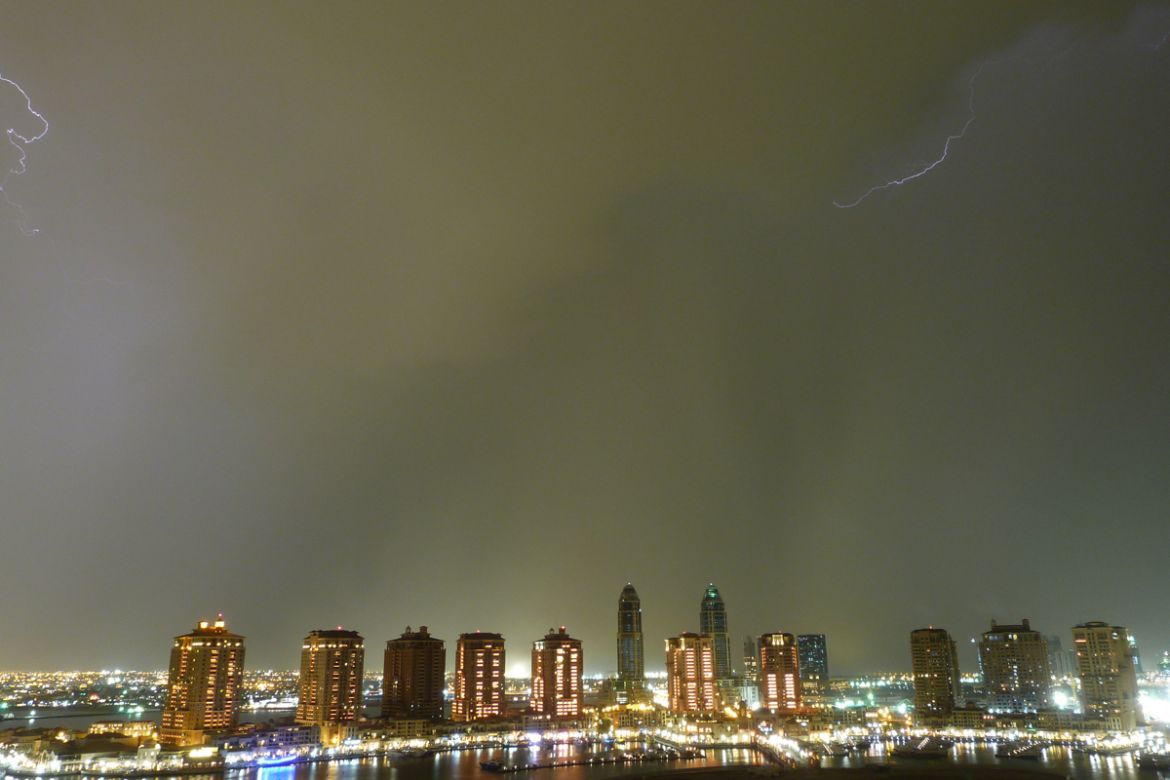In Pictures
Not so sunny in the Arabian Peninsula
Some areas affected by storms see year’s worth of rain falling in the space of a few hours.

You could hardly claim it had been a long hard winter and spring across the Arabian Peninsula. More often than not, weather conditions have been dry and sunny. But by the standards of the Middle East, this has been a relatively cool, cloudy and wet period for the region.
Such a change from the usual blistering sunshine had been expected. The El Nino in the central Pacific Basin is known to have knock-on effects across the globe. Arabian meteorologists were expecting an unsettled early spring, and that has certainly been the case.
What seems to have happened in recent weeks is that the subtropical jet stream has meandered further north than would normally be the case. This band of fast-moving winds, some 10,000 metres above the Earth’s surface, marks the boundary between hot, tropical air to the south, and cooler, temperate air to the north. It extends across northern Africa across the Arabian Peninsula towards South Asia.
The importance of this jet stream is that on the northern, cooler side there is a tendency for the development, or enhancement of weather systems to take place.
On several occasions, lines of cloud have been visible on satellite imagery extending from West Africa, across Arabia and on into Afghanistan and Pakistan.
The latest bout of storms extends across southwestern Saudi Arabia, Yemen, Oman and towards the Gulf states. For many of the worst affected areas, a year’s worth of rain has fallen in the space of a few hours, overwhelming drains, and leaving many urban areas under water.
